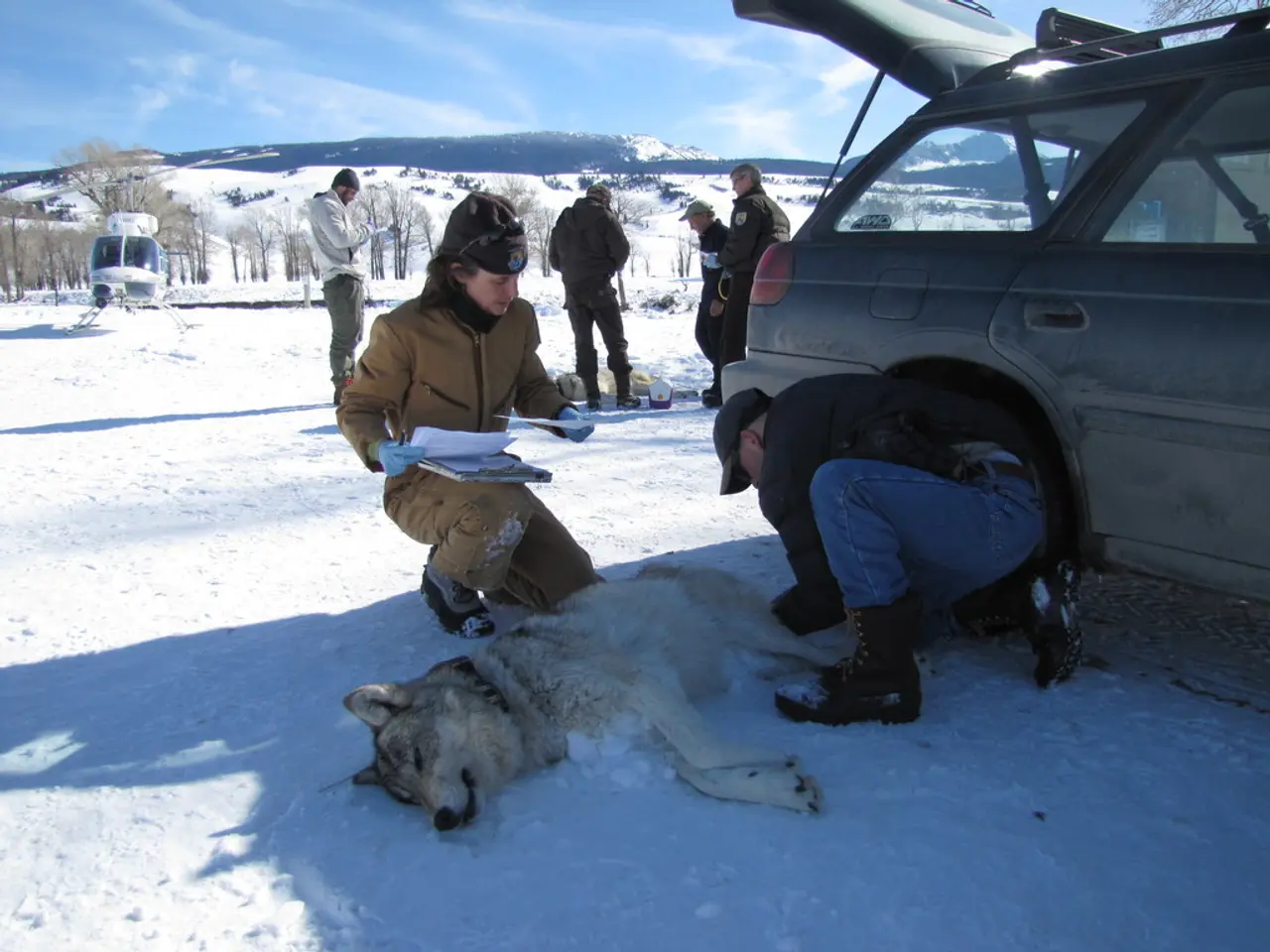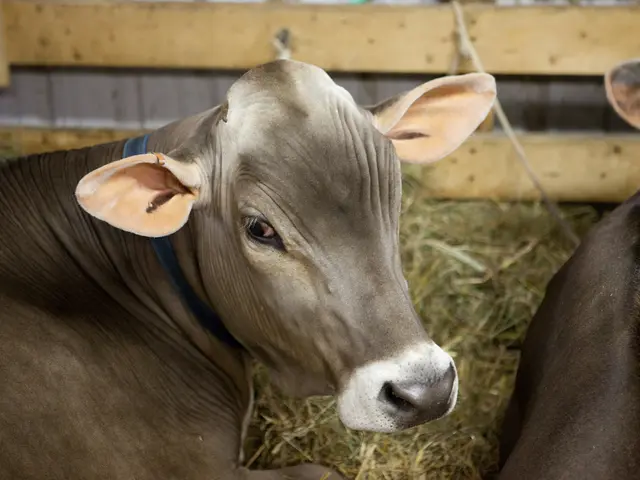Interview Questions for the Data Science and Mining Team from École Polytechnique concerning Facebook's Data for Good Initiative
The Data Science and Mining team at the Computer Science Laboratory (LIX) of École Polytechnique in France has created a machine learning model to forecast the number of COVID-19 cases in small regions of European countries during the first wave of the pandemic. The model, a graph neural network (GNN), is designed to improve its predictions by utilizing a technique called model-agnostic meta-learning (MAML), which uses transfer learning to capitalise on knowledge from other countries' models.
The model uses graphs to represent regions and daily movement between them. It is trained using data from open sources for COVID-19 cases and Facebook's Data for Good program for mobility data. One interesting observation from their earlier work is that mobility within regions began to increase over time despite the low mobility between regions.
To make the model more effective, the team plans to incorporate additional features into future models, such as demographics regarding age and gender, weather-related features, and additional data from Facebook, such as the intensity of connectedness between regions measured by the friendship relationships between two regions.
However, there are challenges in gathering COVID-19 data from different government websites in different languages and matching it with mobility data from Facebook. The lack of a clear way to map the geocodes between the datasets poses a significant hurdle. Moreover, increasing the range of regions for mobility data requires more complex data infrastructure with bigger data pipelines to process the increased data.
In some cases, regions might be missing from one dataset and available in the other, or they might be using different names for the same data, making data mapping difficult. Data aggregation at different levels in the COVID-19 and mobility datasets requires manual aggregation of COVID-19 data over subregions to match the format of the mobility data.
The current limitation of the model is that mobility data for a specific region is only available for a fixed number of other regions, not for regions outside the country. The next country where the researchers will apply the graph-based artificial intelligence models for forecasting COVID-19 cases has not been specified.
The French government funded the project with the goal of developing innovative solutions to COVID-19 related problems. If policymakers use the model effectively, interventions such as lockdowns can be more targeted, leading to better impacts on the economy and society as a whole. The team hopes that policymakers will use the model to make more informed decisions about interventions and resource allocations, especially at the local level.
The researchers also aim to expand their research to study the second wave of COVID-19 cases. They believe that their model, with its ability to learn from other countries and adapt to new situations, will continue to provide valuable insights for policymakers as the pandemic evolves.
Read also:
- Understanding Hemorrhagic Gastroenteritis: Key Facts
- Stopping Osteoporosis Treatment: Timeline Considerations
- Tobacco industry's suggested changes on a legislative modification are disregarded by health journalists
- Expanded Community Health Involvement by CK Birla Hospitals, Jaipur, Maintained Through Consistent Outreach Programs Across Rajasthan








